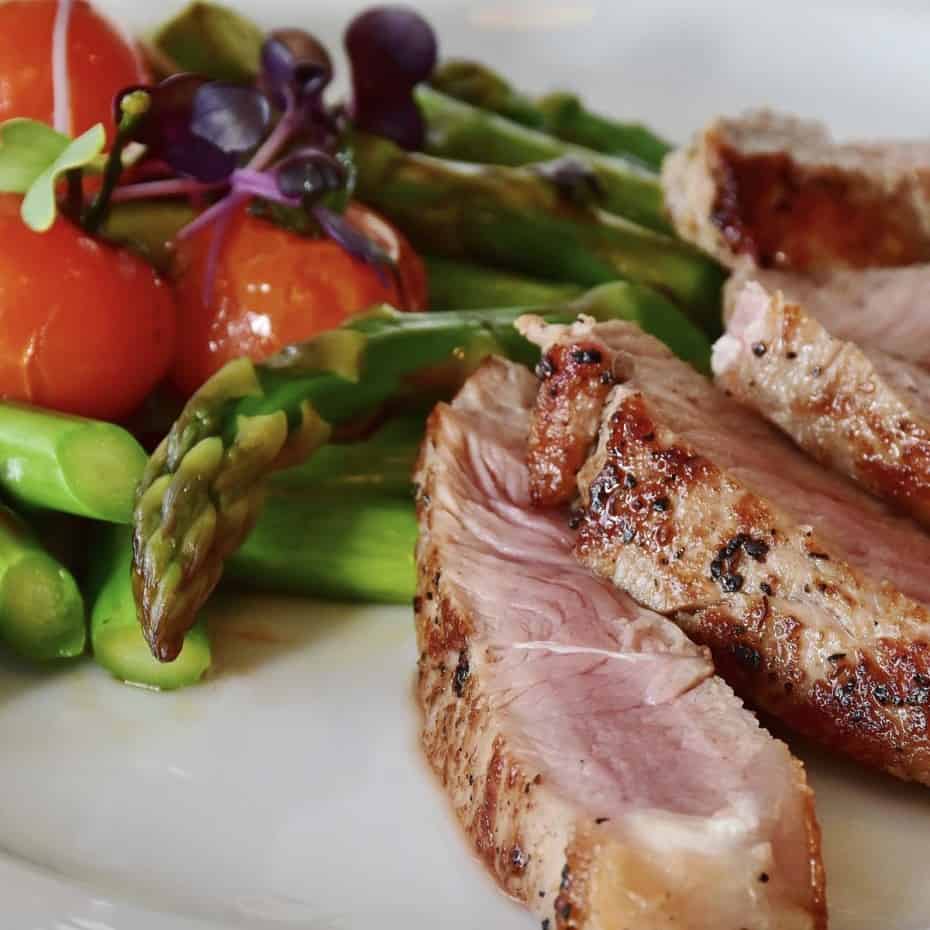Demystifying Nutrition and Fitness Lingo: Your Guide to the Foundation of Wellnes
Ever feel lost in the jargon-filled world of fitness and nutrition? Athletes Kitchen is here to decode the terminology and provide you with a handy glossary for quick reference. Whether you’re a seasoned pro or just starting your journey, understanding these key terms will empower you to navigate the realm of health and fitness with confidence.
NUTRITION UNVEILED
Unlock the secrets of nutrition with these essential terms that form the bedrock of your dietary knowledge:
- Energy Balance / Maintenance: Discover the calories needed to uphold your current weight and activity level.
- Calorie Deficit: Uncover the path to fat loss by reducing calorie intake below maintenance.
- Calorie Surplus: Propel muscle growth or fat storage by increasing calories beyond maintenance.
- RMR (Resting Metabolic Rate): Explore the energy your body requires at rest for survival.
- TEF (Thermic Effect of Food): Grasp the energy spent to break down consumed food.
- NEAT (Non-Exercise Activity Thermogenesis): Understand energy expenditure in daily non-exercise activities.
- EAT (Exercise Activity Thermogenesis): Delve into energy burned through formal exercise.
- TDEE (Total Daily Energy Expenditure): Comprehend the sum of RMR, TEF, NEAT, and EAT.
- Reverse Diet: Ascend from a cut to maintenance by gradually increasing calorie intake.
- Body Recomposition: Redefine weight composition with muscle gain and fat loss.
- Cutting Phase: Strategically lower calories and increase activity to foster fat loss.
- Bulking Phase: Elevate calories and workout intensity to foster muscle growth.
- Mini Cut: Accelerate fat loss with a brief calorie reduction.
- Diet Break: Revert to maintenance calories for a temporary respite from cutting.
- Refeed Days: Pause calorie cutting for rejuvenation.
- Fat Oxidation: Witness fat used as energy in the body.
- Muscle Protein Synthesis: Grasp the process of muscle growth and repair.
- Muscle Protein Balance: Attain equilibrium between synthesis and breakdown.
- Macro: Embrace essential nutrients—fat, protein, carbohydrates—that fuel survival.
- Glycogen: Uncover the storage form of carbohydrates in your body.
- Amino Acid: Discover the building blocks of protein.
- Net Carbs: Grasp carbohydrate content by subtracting fiber from total carbs.
EXERCISE EXPOSED
Embark on your exercise journey armed with the language of movement:
- Anaerobic: Engage in oxygen-independent glucose breakdown.
- Aerobic: Embrace oxygen-supported glucose or fatty acid breakdown.
- Lactate Threshold: Identify the point where lactate accumulates faster than it’s cleared.
- VO2 Max: Push your oxygen utilization capacity to the limit.
- Hypertrophy: Foster muscle growth.
- Strength: Harness force-producing capabilities.
- Reps: Execute one complete movement cycle.
- Sets: Group repetitions before resting.
- RPE (Rate of Perceived Exertion): Gauge personal intensity.
- RIR (Reps in Reserve): Measure remaining reps before muscle failure.
- Failure: Reach the point of inability to complete another repetition.
- 1 RM (1 Repetition Max): Achieve maximum effort for one rep.
- PB or PR (Personal Best/Record): Celebrate your best achievement.
- Microcycle: Traverse one week of training.
- Mesocycle: Experience 4-12 weeks of training before adjusting microcycles.
- Macrocycle: Embrace an annual season of training, combining all mesocycles.
- Deload: Indulge in a rest period with reduced intensity or volume.
- Volume: Multiply reps, sets, and weights to uncover total work.
- ROM (Range of Motion): Embrace the extent of movement.
- TUT (Time Under Tension): Grasp the duration muscles are under load.
- Tempo: Acknowledge movement speed during exercise.
- Super Sets: Seamlessly transition between two movements.
- AMRAP (As Many Reps/Rounds as Possible): Discover your potential within a time frame.
- Progressive Overload: Gradually amplify training volume.
- Eccentric: Experience muscle lengthening under tension.
- Concentric: Feel muscle shortening under tension.
- Isometric: Encounter muscles under constant tension.
- Negatives: Strengthen the eccentric phase to enhance muscle and strength.
- Isolation: Target single muscles via single-joint exercises.
- Compound: Engage multiple muscles and joints in a movement.
- Unilateral: Focus on one side at a time.
- Bilateral: Activate both sides simultaneously.
- Isolateral: Employ both sides independently, each with its own resistance.
- Supinated: Orient palms upward.
- Pronated: Position palms downward.
- Neutral: Adopt a thumbs-up grip.
FUEL YOUR KNOWLEDGE
Elevate your understanding with intriguing insights:
- Sugar Alcohols: Discern the calories found in sugar alternatives.
- Stay Curious: Embark on further enlightening reads to deepen your wisdom.
Crack the code of nutrition and fitness jargon with Athletes Kitchen’s comprehensive guide. Master the fundamentals to sculpt your path to optimal wellness.
